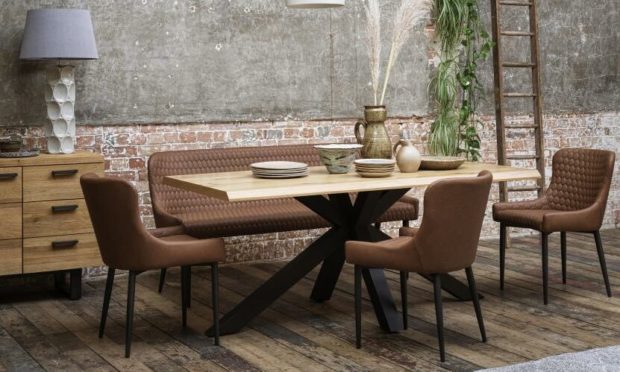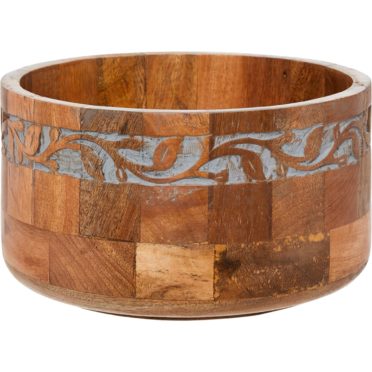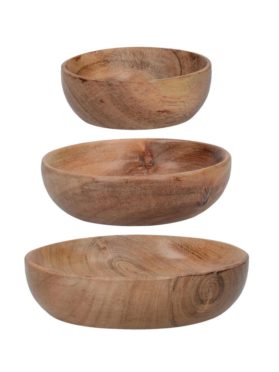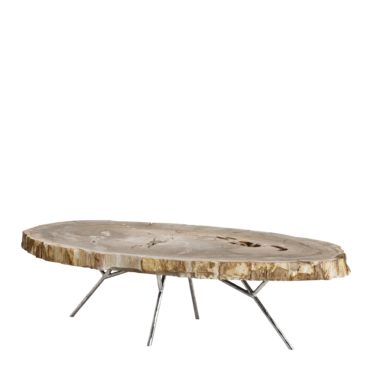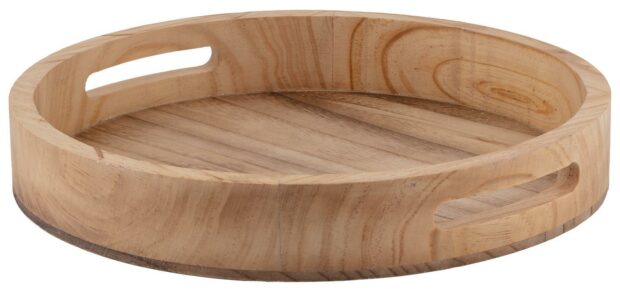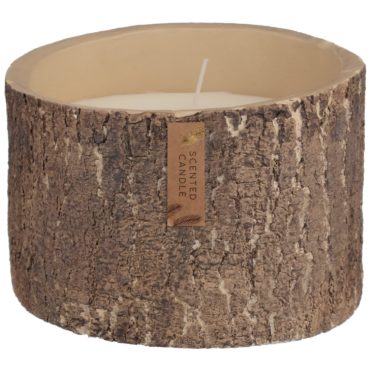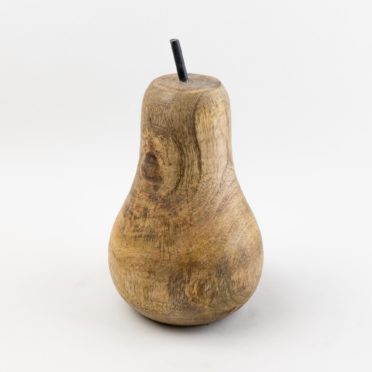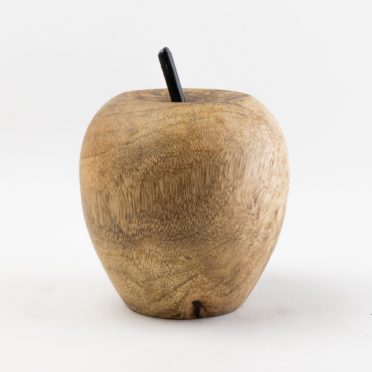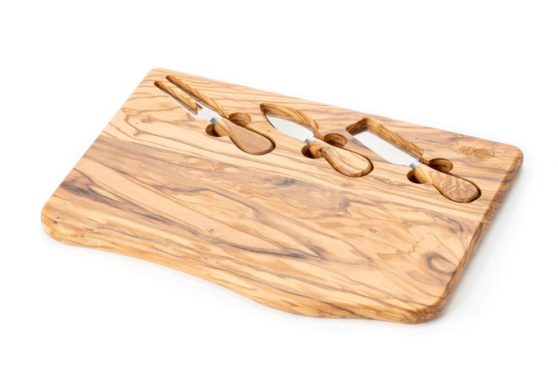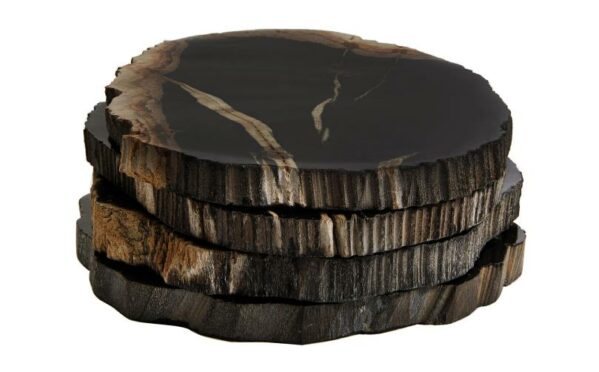Why is wood so appealing in the home? Yes it’s warm, yes it’s tactile, yes it’s a connection to nature, but is there something deeper going on? Jacqueline Wake Young does the maths.
Nature has a number. It is 1.618 – the Golden Ratio or the Divine Proportion, so called because of its recurrence in the natural world.
But what does that have to do with your new coffee table? Well, our story begins in 13th Century Italy (of course it does, that’s where all the best stories start).
Leonardo of Pisa, who went by the name of Fibonacci, wanted to know how many rabbits he would have by the end of the year if he started out with two.
Within a short space of time Fibonacci was in possession of a sequence of numbers that would change the field of mathematics – not to mention a whole lot of rabbits.
Each number in the sequence is found by adding up the two numbers before it, so it runs 0, 1, 1, 2, 3, 5, 8, 13, 21, … and so on.
When sequential Fibonacci numbers are given as ratios, they are close to the Golden Ratio, becoming closer the higher the number.
Fast forward to 1754 in Switzerland, when naturalist Charles Bonnet noticed the spiral arrangements of leaves on trees which could be expressed mathematically, which, you guessed it, followed the Fibonacci sequence.
And it doesn’t stop there, turns out the sequence applies to everything from sunflower seeds and flower petals to shells and even galaxies.
So, when trying to figure out why a wooden apple ornament is so aesthetically pleasing and calming to behold, consider the grain and shape and think of the Divine Proportion. It all adds up.
